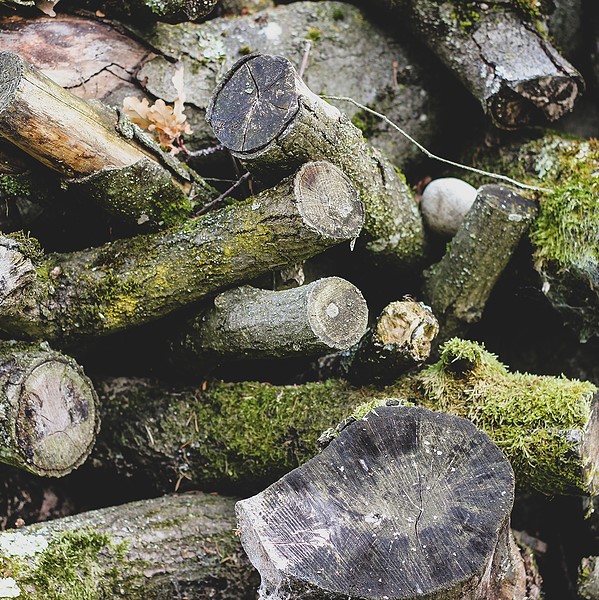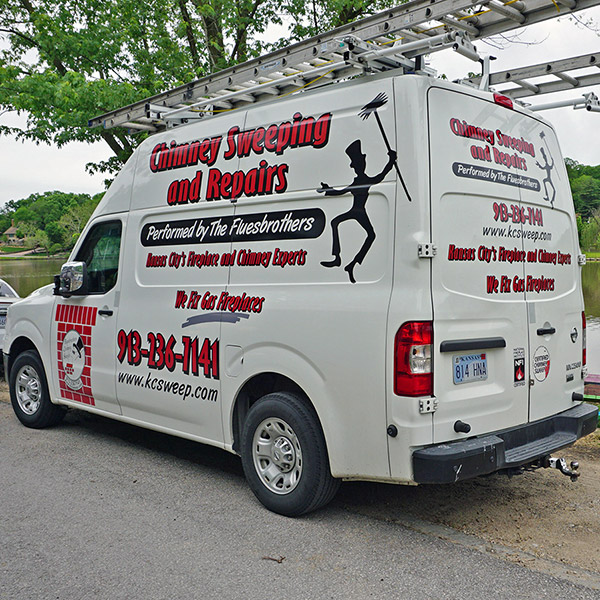It may seem odd to use “art” and “firewood” together, but if you’ve ever suffered from wood fireplace issues caused by using the wrong kind of firewood, you know there’s something to the idea. No matter how excellent your fireplace is, without knowing the ins and outs of firewood, your experience can be far less than satisfactory.
Here are some ideas to help you become a master of the art of firewood.
What kind of wood is it?
 Basically, firewood is divided into hardwood and softwood varieties. Hardwoods such as hickory, maple and walnut burn longer and with less smoke and creosote deposits in your chimney than spruce, pine, redwood and other softwoods.
Basically, firewood is divided into hardwood and softwood varieties. Hardwoods such as hickory, maple and walnut burn longer and with less smoke and creosote deposits in your chimney than spruce, pine, redwood and other softwoods.
Don’t burn wet wood
Unseasoned (wet) firewood isn’t ready for the fireplace. The high moisture content will cause it to ignite with difficulty and burn sluggishly. It also will produce far more smoke than dry, seasoned wood.
Along with the possibility of excess smoke backing up into your home, unseasoned firewood will add more flammable creosote to your flue. Creosote is the leading cause of chimney fires in America each year, so remember: less smoke = less creosote.
Arranging your logs in the fireplace
A good way to get set up for a fire is to stack logs on a fireplace grate so there’s room beneath them to add kindling (small wood chips, bark, dry grass, tightly crumpled newspaper, etc.). Don’t overfill the firebox or stack the logs too tightly together – they need air circulation to burn fully. You can also add the kindling to the top of the stack and burn downwards.
The logs you use should be about three inches narrower than the width of your firebox – again, to allow plenty of air.
Getting the fire started
Kindling and a match are the only safe and effective ways to start a fire in your fireplace. Items to never use include:
- Lighter fluid, kerosene or any other accelerant
- Clothing
- Metals of any kind
- Painted or pressed wood
- Christmas trees
- Household trash
- Colored newspaper or magazine pages
These items can release a large amount of toxins into the air, and some of them will cause the fire to burn way too hot. Stick with the tried-and-true method of kindling and dry wood.
If fires are sluggish or smoke is backing up
Assuming you’re using seasoned wood and no extra materials in your fireplace, a sluggish fire or one that pushes smoke into your room may point to a drafting issue. Drafting problems can be caused by:
- A house that’s too air-tight – crack a window near the fireplace.
- Obstructions in your chimney flue including excess creosote and soot buildup, tree debris and small-animal nests. Have creosote and other blockages professionally cleaned by a chimney sweep. Prevent these problems by installing a quality chimney cap or flue cover.
- A flue that’s the incorrect size for the fireplace. Have this issue inspected and then modified according to recommendations.
- A broken or dirty damper that won’t fully open.
 Following these guidelines will make you a true master of the art of firewood and give you a lifetime of quality fires and lots of comfort and enjoyment.
Following these guidelines will make you a true master of the art of firewood and give you a lifetime of quality fires and lots of comfort and enjoyment.
Fluesbrothers Chimney & Fireplace of Kansas City, KS, can help with any chimney and fireplace needs that arise. We offer CSIA-certified chimney cleaning, fireplace and chimney inspection and all types of repair work to keep your system running optimally and safely. Call us today at (913) 236-7141.



